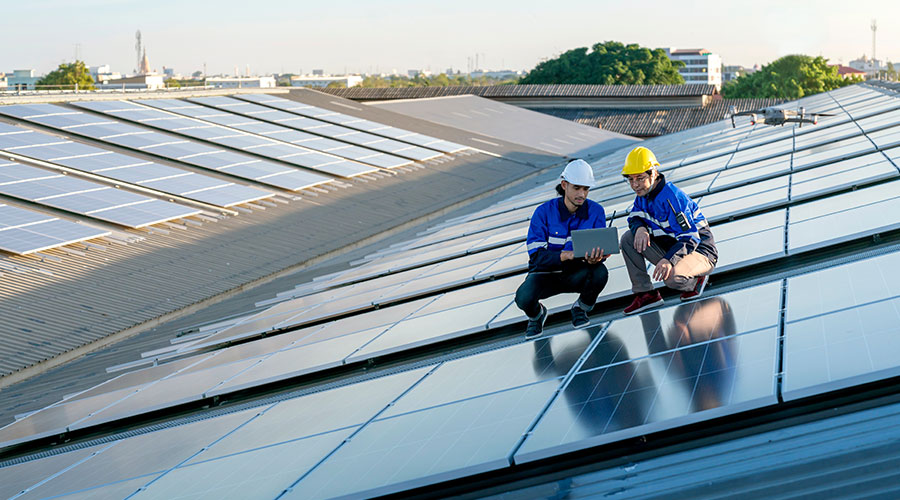Buildings Can Play a Key Role in Combating Climate Change
The right mix of appropriate government regulation, greater use of energy saving technologies and behavioral change can substantially reduce carbon dioxide (CO2) emissions from the building sector, which accounts for 30-40 percent of global energy use, according to a new report from the United Nations Environment Program (UNEP) Sustainable Building and Construction Initiative (SBCI).
By CleanLink Editorial Staff
The right mix of appropriate government regulation, greater use of energy saving technologies and behavioral change can substantially reduce carbon dioxide (CO2) emissions from the building sector, which accounts for 30-40 percent of global energy use, according to a new report from the United Nations Environment Program (UNEP) Sustainable Building and Construction Initiative (SBCI).
The
report says many opportunities exist for governments, industry and consumers to take appropriate actions during the life span of buildings that will help mitigate the impacts of global warming.
Citing the example of Europe, the report says more than one-fifth of present energy consumption and up to 45 million tons of CO2 per year could be saved by 2010 by applying more ambitious standards to new and existing buildings.
"Energy efficiency, along with cleaner and renewable forms of energy generation, is one of the pillars upon which a de-carbonized world will stand or fall,” says Achim Steiner, UN Under-Secretary General and UNEP Executive Director. “The savings that can be made right now are potentially huge and the costs to implement them relatively low if sufficient numbers of governments, industries, businesses and consumers act."
"This report focuses on the building sector. By some conservative estimates, the building sector world-wide could deliver emission reductions of 1.8 billion tons of CO2,” says Steiner. “A more aggressive energy efficiency policy might deliver over two billion tons or close to three times the amount scheduled to be reduced under the Kyoto Protocol.”
Key Points from the Buildings and Climate Change Report
In the life time of an average building most energy is consumed, not for construction, but during the period when the building is in use, according to the report. The report pushes for a greater use of existing technologies like thermal insulation, solar shading and more efficient lighting and electrical appliances, as well as the importance of educational and awareness campaigns.
"To achieve improved energy efficiency in buildings you often do not need to use advanced and expensive high-tech solutions, but simple solutions such as smart design, flexible energy solutions and provision of appropriate information to the building users," says Olivier Luneau, SBCI Chairman and Director for sustainability at Lafarge.
"Simple solutions can include sun shading and natural ventilation, improved insulation of the building envelope, use of recycled building materials, adoption of the size and form of the building to its intended use etc," he says. "Of course you can achieve even better results if more sustainable construction system solutions are used, such as intelligent lighting and ventilation systems, low temperature heating and cooling systems and energy saving household appliances."
In addition to a greater use of relevant energy saving technologies, the report stresses the importance of appropriate government policies on building codes, energy pricing and financial incentives that encourage reductions in energy consumption.
It also emphasizes that the building sector stakeholders themselves, including investors, architects, property developers, construction companies, tenants, etc. need to understand and support, such policies in order for them to function effectively.
The report also notes that approaches to finding building solutions will vary. In developed countries the main challenge is to achieve emission reduction among mostly existing buildings, and this can largely be done by reducing the use of energy.
In other parts of the world, especially places like China where almost 2 billion square meters of new building space is added every year, the challenge is to leapfrog directly to more energy efficient building solutions, the report says.
The Buildings and Climate Change report will be presented to the annual general meeting of the SBCI, which is convened in Rabat, Morocco, from April 2 to 4.
Related Topics:











